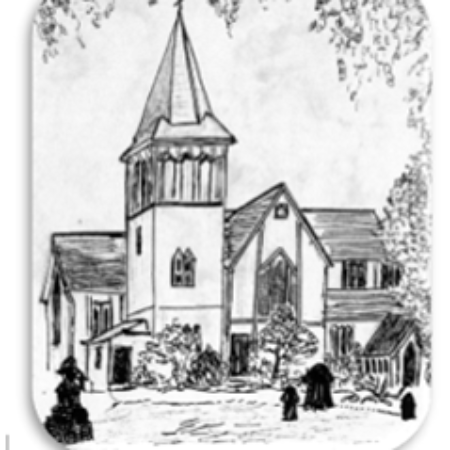This week, in a brief moment of quiet, I looked through a book on New Zealand Heritage buildings, which I had bought from Dove Bookshop. I noticed that there were quite a few churches among the heritage buildings. That is not unique to New Zealand. In Europe, North and South America, and the Middle East churches feature rather prominently among heritage buildings. Indeed, in some areas most congregations meet in old, venerable structures. I wondered why that was the case. Is it because people become attached to buildings? Do churches provide some certainty and permanence among the many changes of life? Is it because of the bureaucracy and the difficulties with deconsecrating a church? Is it because it is too difficult to get a new-build project off the ground? Is it because in the Church there is some deeper connection to past generations? Do people feel that prayers of many generations past have seeped into the walls? Is it the particular attention to beauty in many churches that means we hesitate to destroy them?
I don’t know. The reasons could be quite varied. From what I’ve read, it seems that here at St Paul’s there were plans in the 1970s to replace the wooden building with a more modern structure. It was just put off for a few years until people could agree on a design and get on with fundraising. Well, it never happened and we possibly have our old church due to the difficulty of getting such a project off the ground. I think the heritage church we now have is valued by the congregation and the community alike.
Even though there are many heritage churches in New Zealand, most church-going Christians in New Zealand probably go to a more modern building. The largest congregations in New Zealand meet in relatively new complexes. Not many large congregations meet in heritage churches. There are exceptions, like St Mary of the Angels, a Catholic church in Wellington, and the Baptist Tabernacle Church in Auckland. St Paul’s Symonds Street in Auckland is an Anglican heritage church with a large congregation. It has four services each Sunday attended by hundreds, has flourishing children, youth and arts programmes, and over a dozen staff. The worship is trendy and modern with the space drastically re-arranged in the old church. Old buildings can be used in many ways.
I find the interaction between architecture and theology fascinating. What do buildings express about our understanding of God and worship? How does our use of the building relate to what we think church should be? How much is intentional and how much is tradition that is not well understood?
While you ponder this maybe you can look forward to reading another book to make you notice more of the world around you. Our book sale is just a month away!

